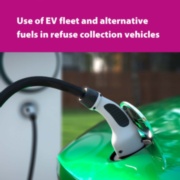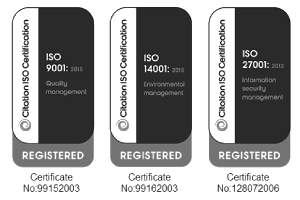Use of EV fleet and alternative fuels in refuse collection vehicles
Whilst waste is one of the lower emitting areas for carbon, with the Committee on Climate Change Local Authority report in December 2020 identifying just 5% of greenhouse gas emissions from waste1, it is the transport used within the waste sector where a real difference could be made. Surface transport is amongst the highest emitting sector in the UK economy, making up 22% of UK emissions in 2019. It stands to reason that councils can’t ignore the fleet used in refuse and recycling services which is a public service area highly reliant upon heavy goods vehicles.
However, the cost of change, and emerging technologies in the RCV sector, creates challenges for councils. If they take the plunge on one particular technology, will this be quickly obsolete when other options emerge? Equally for some to transition they may also need to consider changing the infrastructure or location of their depots.
With this in mind, APSE decided to embark on a piece of research with its member councils across the UK to explore barriers to, and opportunities for, greening the RCV fleet. With the cost of a new RCV running at between £150,000 to over £300,000, it is not a decision that councils can afford to get wrong.
Survey and case studies
To get an initial understanding of where local authorities were in relation to their transition journeys in greening their fleet, a broad reaching survey was sent out to APSE member authorities to help build a general picture.
Following the roundtable, the research identified eight UK local authority refuse services for semi structured interviews, each at a different stage of the transition journey.
The authorities included:
- Islington Council
- Dundee City Council
- Ards and North Down Borough Council
- Bournemouth, Christchurch and Poole Council
- Nottingham City Council
- Greater Cambridge Shared Waste
- North Kesteven District Council
- Eastleigh Borough Council
Download Report (pdf)


.png)



.png)